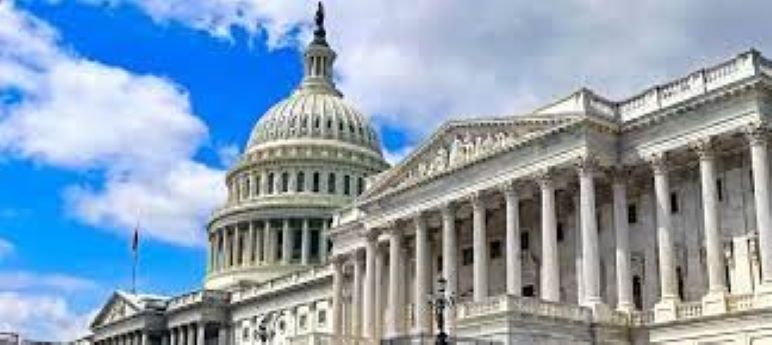California saw its biggest increase in registered lobbyists last session since at least 2011, when a change in the law caused the number to more than double. There was a roughly 10% increase in the number of lobbyists who registered for the 2023-24 session compared to the previous one — for a record of 3,245 people, according to the Secretary of State’s office.
What’s behind the jump? Longtime lobbyist Chris Micheli sees it as the result of high turnover in the Legislature — leading to an “exodus of legislative staff” who went into advocacy.
In what was dubbed the Great Resignation of 2022, for example, 26 members opted out of seeking re-election, in addition to the seven who reached term limits.
Micheli said he has also seen a rise in state agency rule-making, which motivates those in support of or against regulations to lobby: “Some of these regulatory bodies, like the Air Resources Board — the number of regulations that they’re undertaking and their significance has been growing in recent years.”
Meanwhile, the number of legislative staff has shifted only slightly since the mid-1990s, according to data from the National Conference of State Legislatures. The staff count can impact how much time members have to write and research legislation. The increase in lobbyists means there’s now at least one lobbyist for every staff member, compared to two staffers per lobbyist back in 1995, the earliest data available from the Secretary of State’s office.
“The fact that the number of registered lobbyists has risen so high and outstrips the number of actual staffers that legislators have to help them with people’s work shows how skewed our system has become towards the interests of wealthy interests that also dominate campaign spending, rather than regular people,” emailed Trent Lange, executive director of California Clean Money Campaign — an advocacy group that aims to combat the influence of money on politics.
Lobbyists are required to register with the Secretary of State’s office, and report on their activities each quarter. That’s according to the state’s Political Reform Act, which passed in the aftermath of the Watergate scandal in 1974 in an effort to combat political corruption.
The law defines lobbyists as those who are paid to influence legislation or regulation through direct communication with lawmakers, outside of public comments. They can be hired as contractors by companies, or work to influence policy as an employee, although those who spend less than one-third of their time lobbying don’t have to register.
Lawmakers and those who work for state agencies legally must wait one year after leaving state jobs before working as lobbyists. Legislative staff do not have that requirement.
The recent jump in new lobbyists was the highest since 2011, when a law signed by then-Gov. Arnold Schwarzenegger went into effect requiring placement agents — financial officers who solicit investments from the state workers’ and teachers’ retirement funds — to register as lobbyists. The law nearly doubled the number of registered lobbyists, from 1,237 for the two-year session ending in 2010 to 2,353 in 2012.
The second highest bump came in the session that ended in 2020, with 257 more registered lobbyists compared to the session before, according to the Secretary of State’s office.
The rise in the number of lobbyists coincides with an uptick in money spent on lobbying, with industry and advocacy groups spending record amounts each year since 2022.
Spending to lobby California legislators hit nearly $420 million in just the first nine months of 2024, compared to $484 million in all of 2023 and $443 million in the entirety of 2022. Included in the recent boost: a summer lobbying blitz by Google to influence whether it would have to pay news outlets for publishing their content.
Jonathan Mehta Stein, executive director of the good governmental advocacy group California Common Cause, labeled it “absolutely wild” that nearly $1 billion was spent on lobbying last session. “Sometimes people in the capitol community,” he said, “lose sight of how staggering it would be to their constituents if they knew how much money is spent to, in many cases, divert policy decisions away from the reason everyone originally went to Sacramento, which is to serve the public interest without fear or favor.”
Sameea Kamal is a reporter with CalMatters. Jeremia Kimelman contributed to this story.

